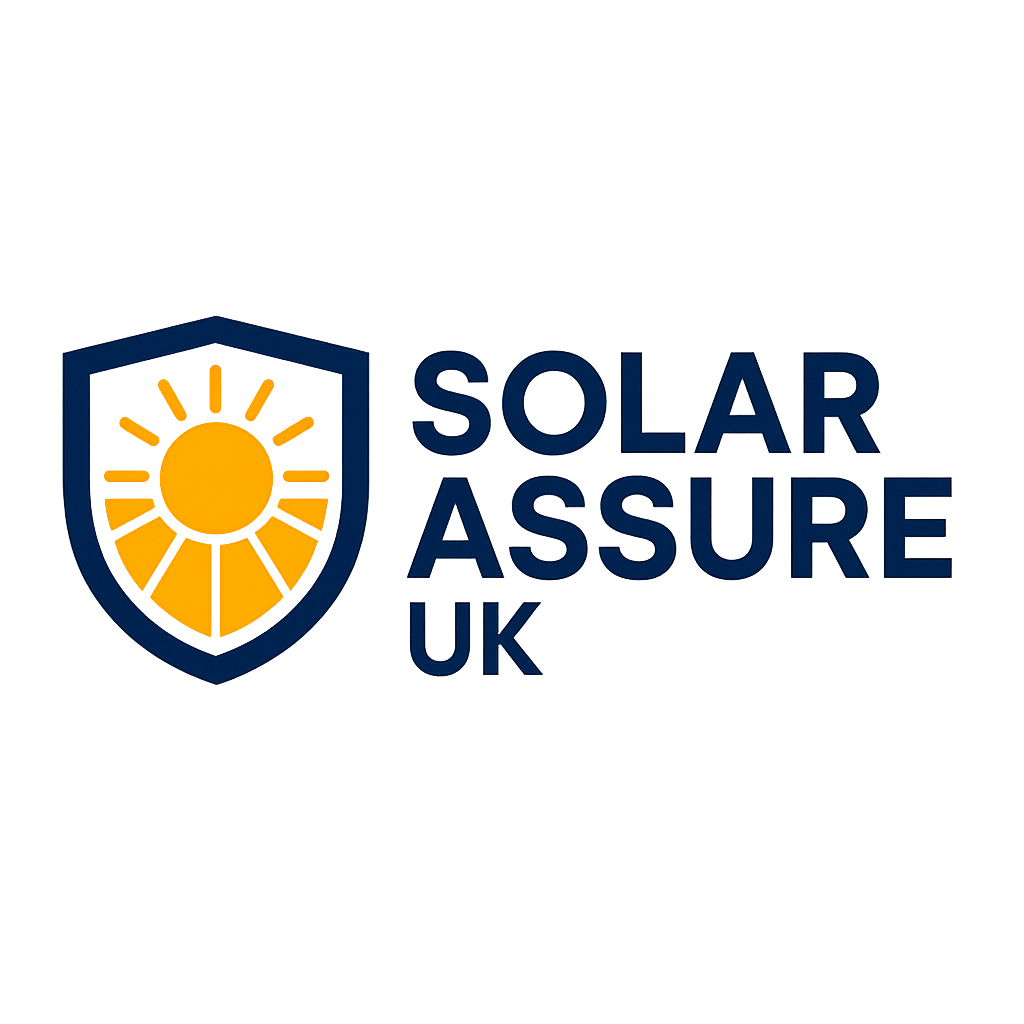For homeowners, cleaning and maintenance often overlap but mean different things. Cleaning specifically refers to removing dirt, dust, leaves or droppings from the panel surfaces to allow maximum sunlight absorptionenphase.com. It is done periodically (typically annually) and is the most common upkeep for solar systems.
Maintenance, by contrast, encompasses any other care needed to keep the solar system healthy. For most modern arrays, maintenance is minimal. Industry sources like Enphase note that beyond cleaning, solar systems rarely need attention – perhaps a professional inspection once every 5–10 yearsenphase.com. Maintenance tasks might include: inspecting the inverter status, checking mounting hardware and wiring, and clearing nearby vegetation. For example, if output suddenly drops, it’s usually due to an issue like an inverter fault or electrical problem, not dirt.
Image: Technician visually inspecting solar panel mounts and wiring. Alt text: “Solar installer checking panel mounts and electrical connections during maintenance.”
In practice, focus your efforts on cleaning to maximize output. According to Enphase, “solar panel cleaning is the most common maintenance” neededenphase.com. The other usual tasks – inverter checks, pest control (e.g. preventing bird nests under panels), and hardware inspections – are far less frequent. Warranties tend to last 10–25 years, so minimal maintenance is expectedenphase.com. Just be sure to follow manufacturer guidelines for inspections; some warranties require periodic checks and cleaning logsenphase.com.
Call to Action: Let the professionals handle both cleaning and system checks. Use UKSPCA’s Find a Cleanerservice to book certified experts who offer comprehensive solar panel care – from spotless cleaning to thorough system inspections.
